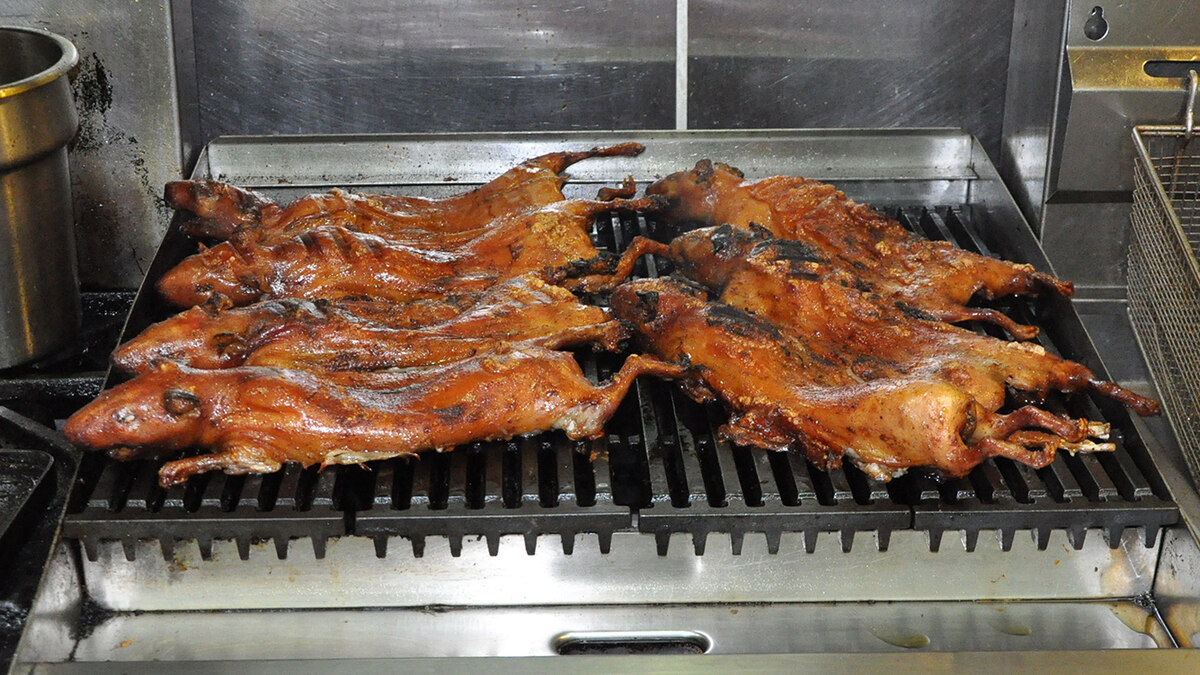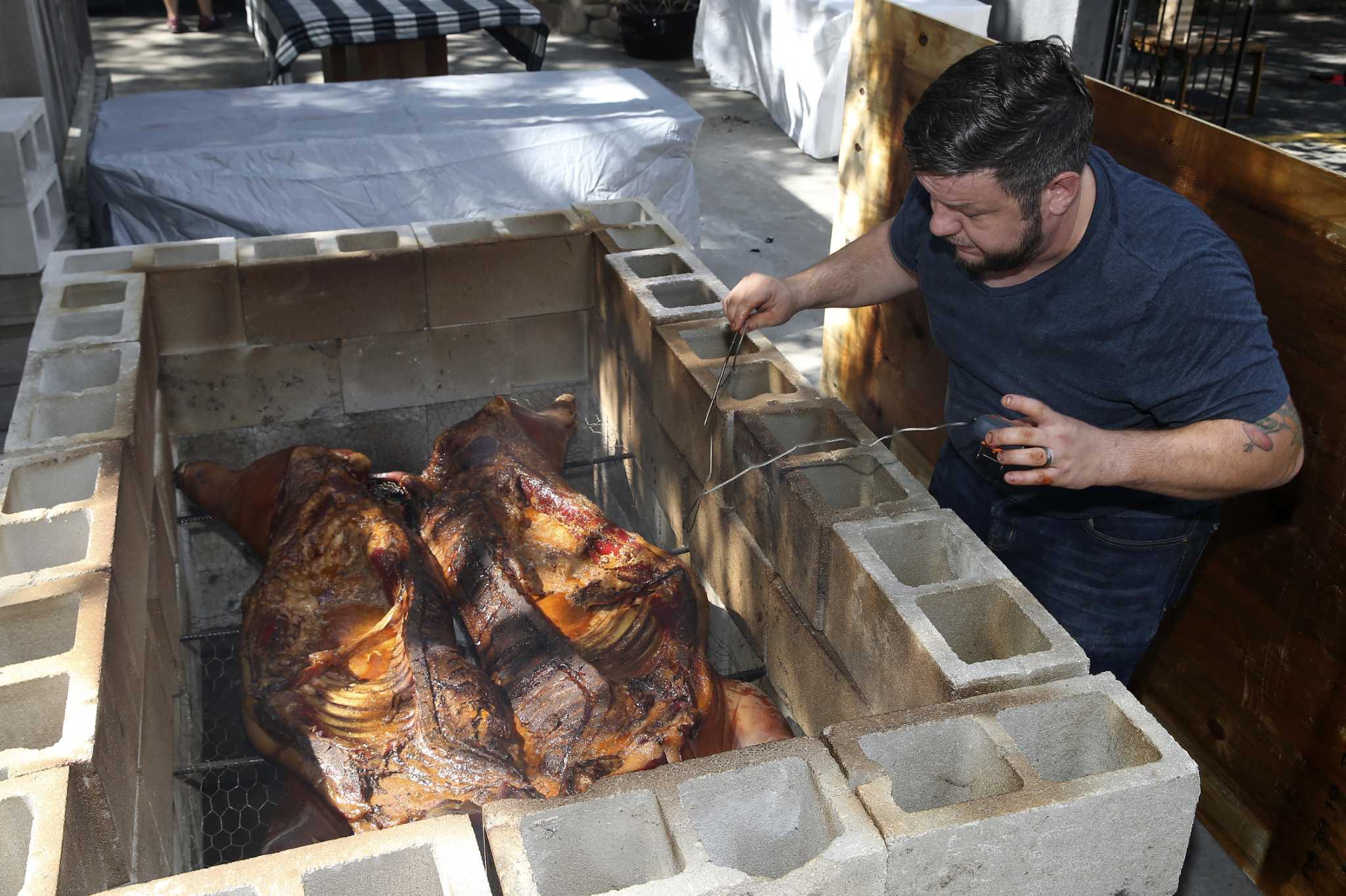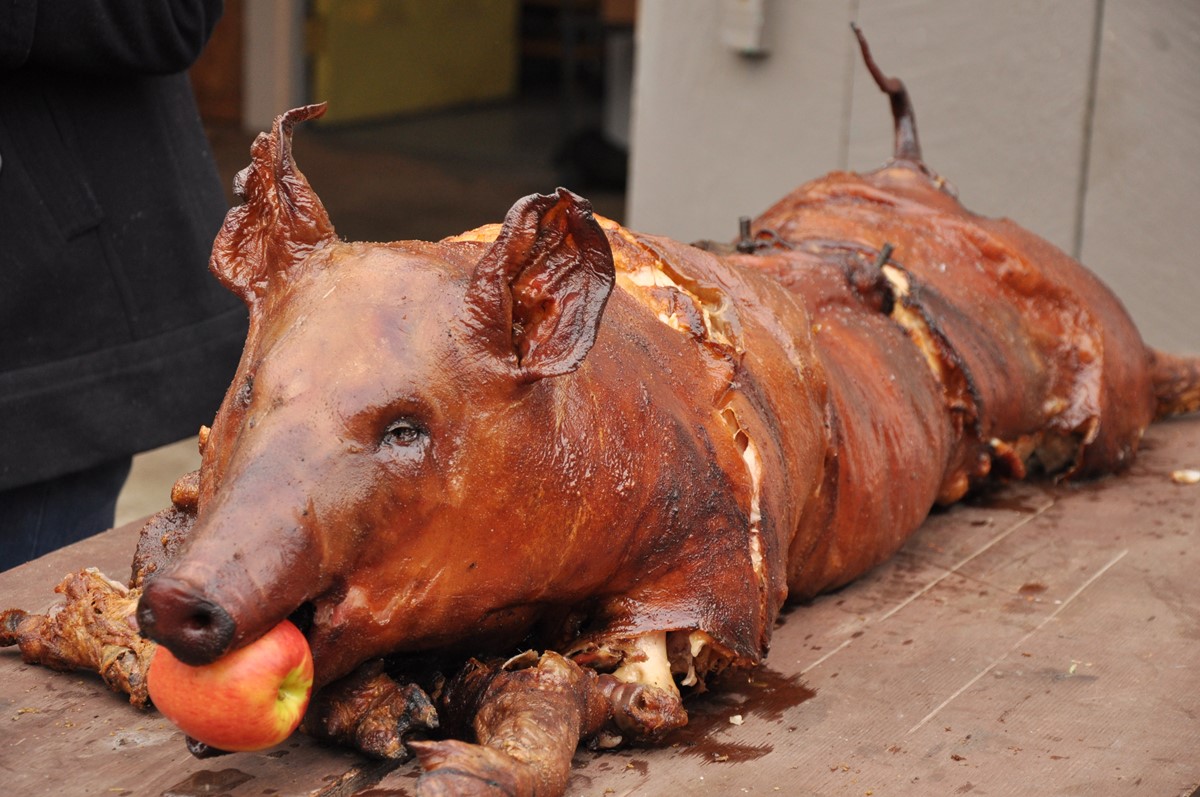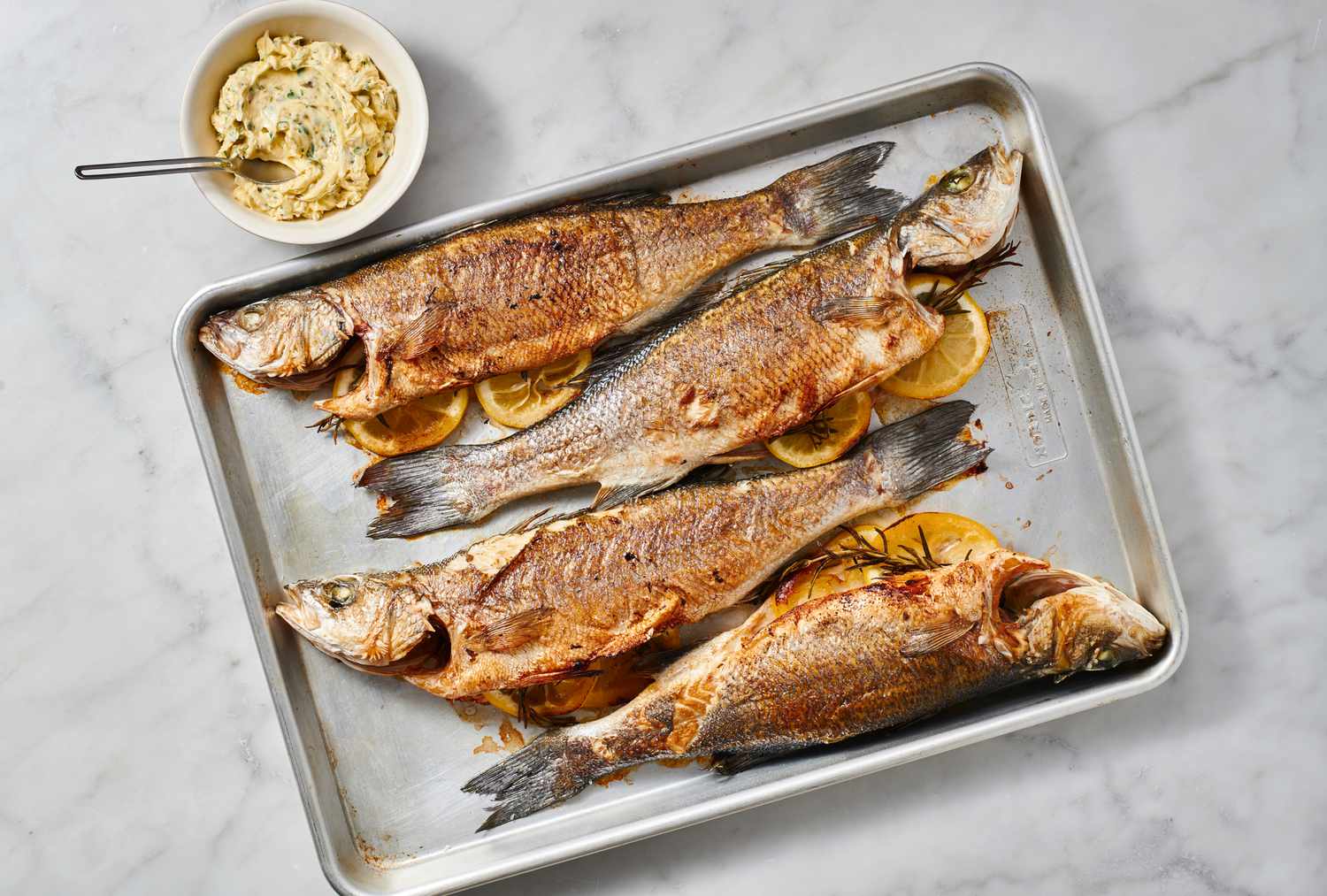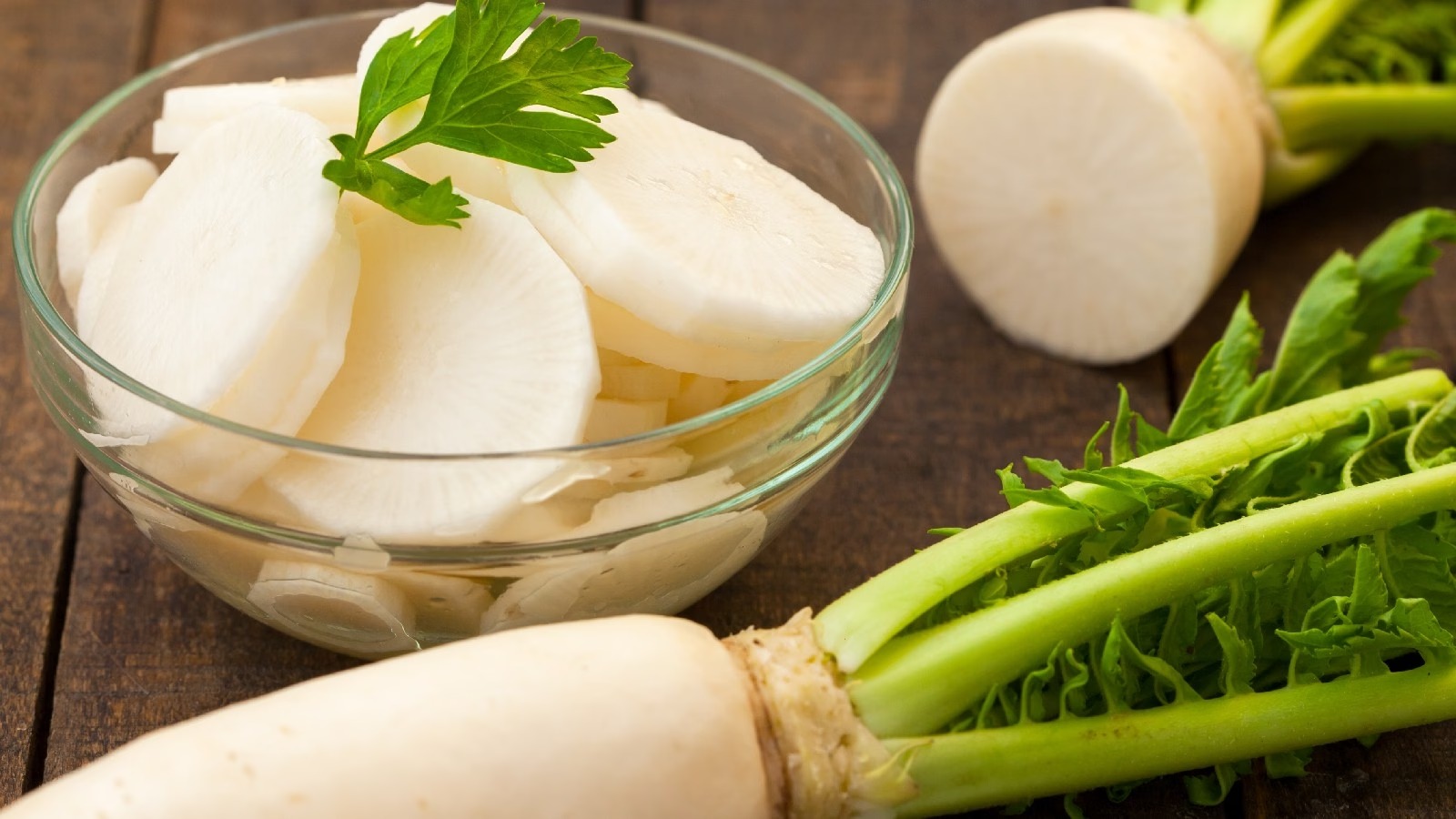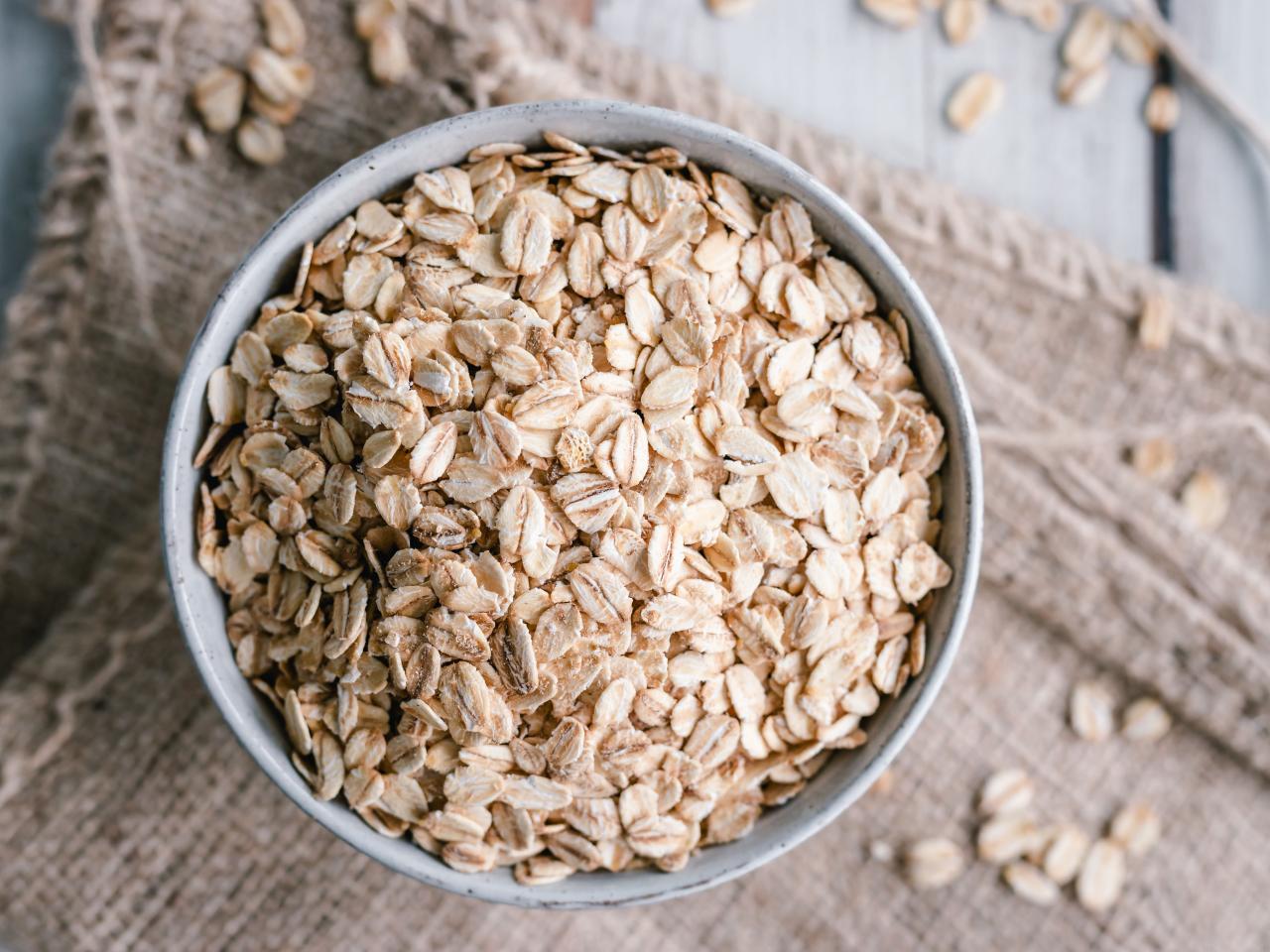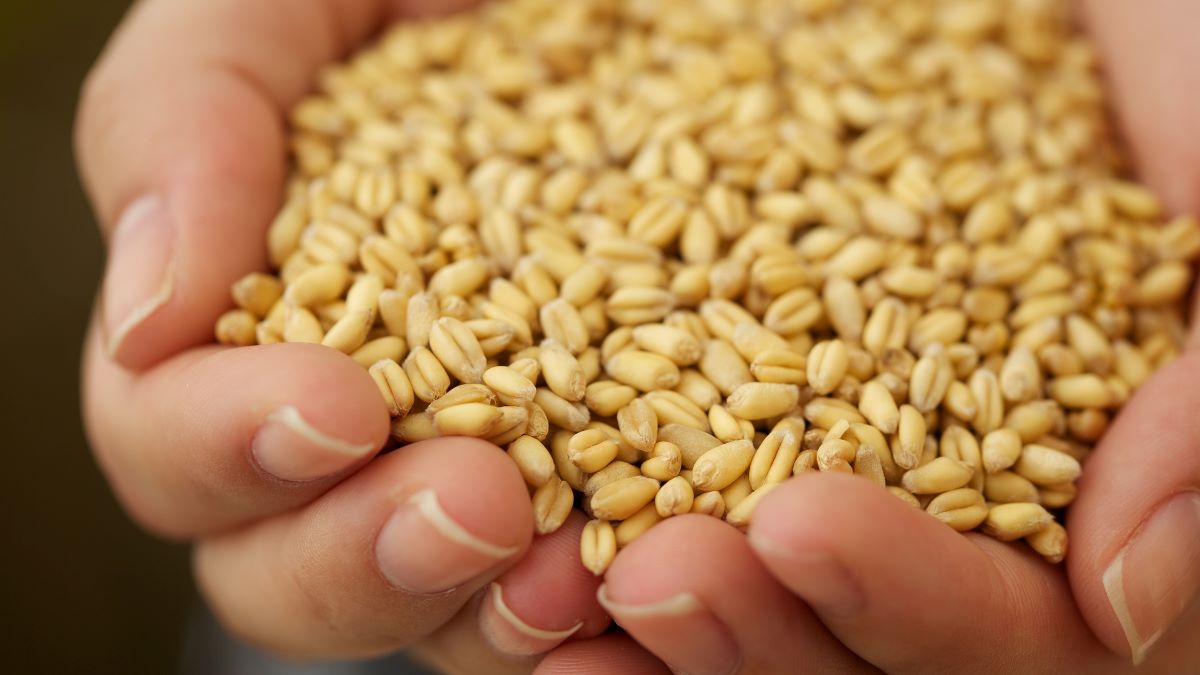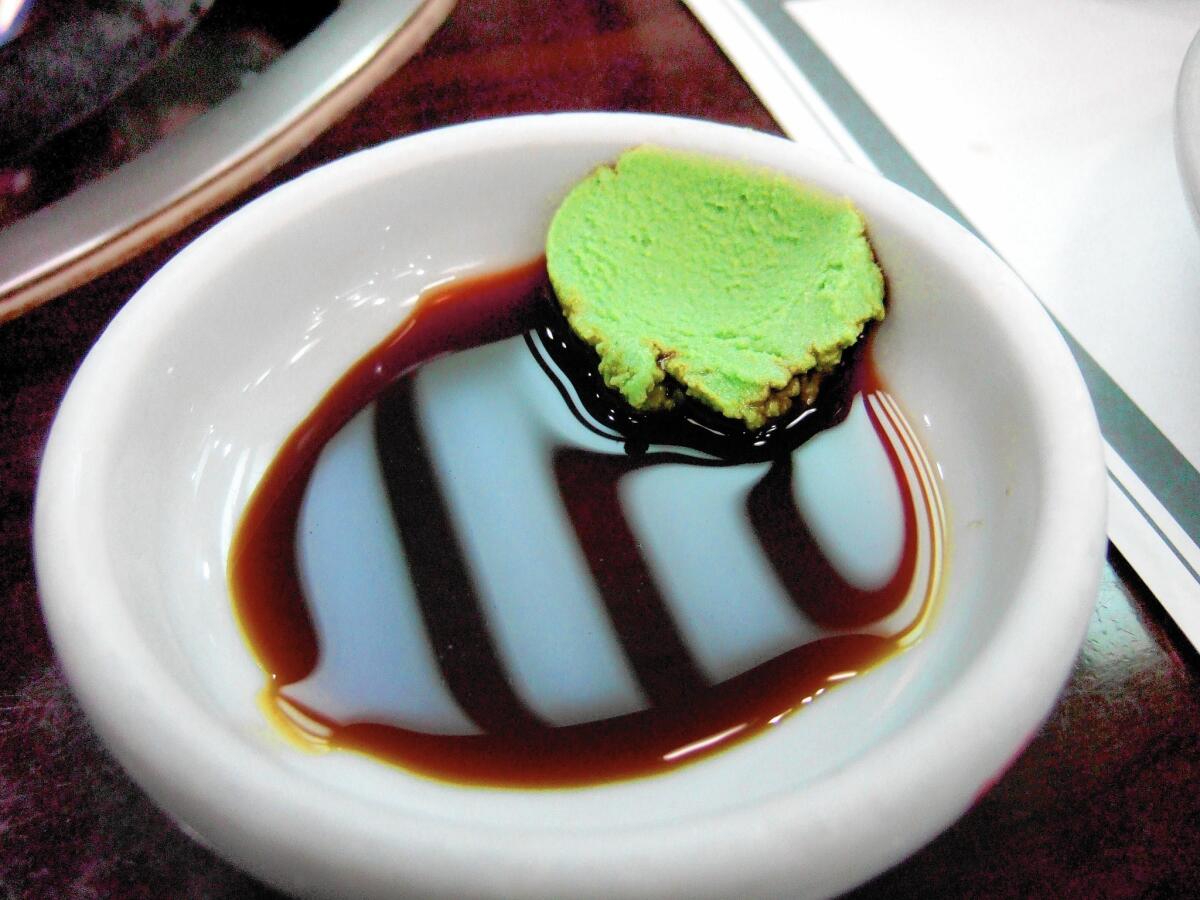How to Enjoy a Whole Pig Feast
Feasting on a whole pig is a time-honored tradition in many cultures and can be a truly unforgettable culinary experience. Whether you’re attending a pig roast or hosting your own, there are some key tips and techniques to keep in mind to ensure that you and your guests have a delicious and enjoyable meal.
Preparation
Before diving into the feast, it’s important to properly prepare the pig. Here are the essential steps:
- Seasoning: Rub the pig with a flavorful marinade or dry rub to infuse it with delicious flavors.
- Roasting: Slow-roast the pig over an open flame or in a specialized roasting pit until the meat is tender and juicy.
- Carving: Once the pig is fully cooked, it’s time to carve it into individual portions for serving.
Enjoying the Feast
When it comes to enjoying a whole pig feast, there are a few key tips to keep in mind:
- Sampling Different Cuts: Be sure to try a variety of cuts, including the succulent shoulder, crispy skin, and tender loin.
- Pairing with Sides: Whole pig feasts are often accompanied by a range of delicious sides, such as coleslaw, cornbread, and roasted vegetables.
- Sharing the Experience: Enjoy the feast with friends and family, savoring the experience of coming together over a delicious meal.
Etiquette and Tradition
Participating in a whole pig feast often comes with its own set of traditions and etiquette. Here are a few things to keep in mind:
- Respect the Cook: If someone has gone to the effort of preparing the pig, be sure to show your appreciation for their hard work.
- Embrace the Experience: Whole pig feasts are often lively and communal events, so be prepared to embrace the festive atmosphere.
- Try Something New: Don’t be afraid to try cuts of meat or dishes that you may not have experienced before. It’s all part of the adventure!
Conclusion
Feasting on a whole pig is a unique and memorable experience that brings people together over a shared love of food and tradition. By following these tips and embracing the experience, you can make the most of this time-honored culinary tradition.
